The day started out like any other. I was up a little before sunrise looking for color, and while there wasn't much, I did get a little splash on the horizon that seemed to mimic the angle of Brett @Squeaky Penguin's GFC.

While the clear skies may have minimized the colorful sunrise, they did mean that morning in camp was a rather pleasant affair, the views back towards the Collegiate Peaks a striking way to enjoy the warming sun.

And then - just as we were enjoying the peace and tranquility and our trucks and tents were thawing out - a low-flying chopper buzzed our site. We still have no idea where he was headed, really - but we were sure that he hadn't made any friends with the elk hunters who were out in force!


Now, unlike most mornings, this wasn't one where our regular routines were going to suffice. I mean sure, Mike @Digiratus and Brett still made their coffee - and sure, our tents were all eventually put away. But between those two things, we took the time to cook a dozen eggs, a skillet full of potatoes, and two pounds of the most delicious Big Buy bacon.
And then - on Brett's last morning in camp - we feasted.

Of course, after any meal like that, a nap is the next item on the agenda. We didn't actually climb back in our tents, but we did sit around for a couple hours, soaking up the sun and enjoying each other's company as we watched a parade of UTVs and full-size pickups make their way slowly along the road.
It was after noon when Brett finally bid farewell, the rest of us not far behind as we pulled out of camp to get underway - our destination today to the south and east, as our fourth made his way north towards home.

Our southern route would take us to the tiny town of Tin Cup, and from there to Cumberland Pass. And, since I know it's on the top of your mind - let me assure you that our progress was no faster as a result of our late start - even Mike soaking up the fall colors that were blossoming around us.



Tin Cup was a town similar to Montezuma - it was small and quaint, it's roads made of dirt. Founded in 1878 when lode deposits were discovered in the area, it was originally named Virginia City. By the 1880 census, the town had a population of 1,495 but confusion with Virginia City, Nevada, and Virginia City, Montana, caused the residents to change the name to Tin Cup - named after prospector Jim Taylor panned some gold from Willow Creek, and carried it back to camp in a tin cup.
For many years, Tin Cup was a violent place. Town marshal Harry Rivers died in a gunfight in 1882, and marshal Andy Jameson was shot to death in 1883. The town population declined as the mines were exhausted and the post office closed in 1918, the last year any town elections were held. (wikipedia)

Through town, we started up Cumberland Pass, the additional height quickly giving us a birds eye view of the valley we'd just traversed.
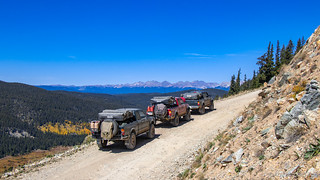

We climbed for miles, the road twisty and fun as it hugged the side of the mountain.

By the time we reached the top, we found ourselves above the treeline and 12,015 ft above sea level - the thin air now a regular occurrence, though I'm not sure we were going to be running any marathons at these elevations.


This would have been a great place to eat lunch, and on a normal day I might have glanced to see what time it was. But there was no need for that today, the half-pound of bacon in our bellies more than enough to keep us going at this point in the day. So keep going we did, down the south side of the mountain, past old mine buildings and their tailings, alongside streams with clear still pools sparkling in the sun.


As we neared the bottom, Mike pulled over on a small offshoot. For days we'd been driving through landscapes full of beaver activity - dams, ponds, and lodges - and we'd always said we'd stop at the next one. Well, here we were at the 42nd next one, so it must finally have been time. 


It turned out to be a nice intermission for us between Cumberland Pass and our next high-elevation excursion, and we took a few minutes to look for fish - not that any of us had poles - and otherwise entertain ourselves out of the trucks. Soon enough however, we were back on the road and pointed towards Hancock Pass, a hundred feet higher than we'd been at Cumberland.
Right from the get-go we were slowed down. If earlier in the trip we were worried that we were too early for fall, the colors here proved us wrong - the bright yellow Aspen shimmering in the wind and beckoning us to slow down.



It also turns out that the trail up to Hancock Pass - at least for much of the way - followed an old railroad grade, and that grade brought with it a ton of history. First up was the Midway Water Tower. Named for it's position between Pitkin and the Alpine Tunnel, this tower used to support a 47,500 gallon tank that passing trains could use to refill their hoppers.

Then, as we climbed further up the hillside, another water tower - this time Williams Gulch Water Tank. Typically these tanks were located in 15-30 mile increments along a line, but here on Hancock Pass, a tank was built every 2-3 miles. Like a gas station, trains would stop here to take on over 2,000 gallons of water as they made their way up the grade. This water was converted to steam in the engine - powering the train along it's route.


During winter, these water stations were both a necessity and nemesis for the railroad. Not only were the tanks and their piping prone to freezing, but even water that was loaded onto trains became extremely dangerous. That's because - almost immediately after being converted to steam, the cold mountain air would freeze it again, causing it to fall onto the tracks. Rotary plows - on the front of engines - were often required to clear this ice and snow in order to make it up the line.
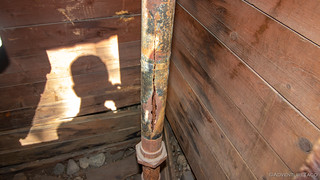
Freezing was clearly a problem here.
We continued to climb, eventually stopping for a dramatic view of the pass - and Monumental Peak - in front of us. As we admired the view, Mike happened to look directly uphill from our position and remarked at how uniform the side of the mountain appeared. Sure enough, he'd spotted the Alpine Tunnel - a landmark we'd hoped to visit, but is now closed to vehicle traffic. I can only imagine what it'd have been like to both construct and drive through that tunnel during the winter all those years ago - quite the experience, I'm sure!


Nearing the end of our time on the railroad grade, our last landmark was the Sherrod Loop. Essentially a large switchback, the loop turned 228° and was placed on the south-facing slope of the mountain in order to take advantage of winter sun to help melt snow on the track. Today it's in disrepair, but it's curve is still prominent nonetheless.

Shortly after Sherrod Loop, the trail to the pass splits. To the right, a trail takes explorers to Bald Mountain; to the left, up to our destination of Hancock Pass. No longer on the railroad grade, this is where high clearance and 4wd become necessary - several spots along the trail requiring careful line selection in order to continue the upward journey.


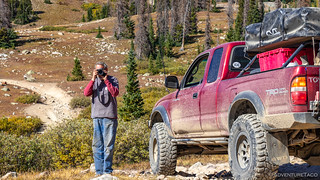

Having a great time as our rigs flexed and surged over the uneven terrain, it didn't take us long to reach the apex of the pass. Here we were, three familiar trucks in an unfamiliar place, and out of Mike's mouth, "Well, that view is underwhelming."


See, we were looking north - really, the less impressive of the two views - and compared to some of the places we'd been the last few days, this was a little less "ka-pow" than those had been. Still, we all enjoyed the journey and that's what matters.


The descent down the north side of the pass turned out to be just as fun as the final bit of trail to the top - lots of rocks and a few ledges kept us on our toes and allowed us to enjoy what might have otherwise been considered an "underwhelming" trip down the mountain.
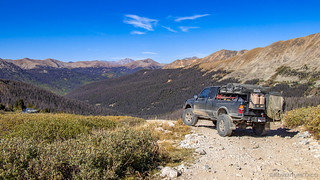


And, all along the side of the road we saw old steel pipe. Quite obviously for carrying water to some sort of mining operation, I found myself wondering the entire time why someone would go to so much trouble - both time and money - to lay so many miles of pipe in an era where it must have been even harder than it would have been today.
The answer I guess, is gold!
At any rate, as we neared the bottom, we found the destination for the water line. There, sliding off the hillside was an old mill of some sort, the upcoming winter likely it's last. Unwilling to park under it for a photo, a drive-by was all I could get out of the Redhead, still a dramatic scene as a camp robber (bird) looked on.


Having reached the bottom, our next order of business was to make a several mile jaunt over to the Mt. Antero trail. This was one that Monte and I had been looking forward to all day. Mt. Antero is a 14,269 ft peak with a 4wd road that would take us within a mile of the summit. From there, we planned to hike that last little bit - probably still quite a workout - to bag our first, and only 14er of the trip!
It was going to be epic. Just as soon as we were through the Aspen that were once again lining the side of the road.


And so began the last hour.
As we were coming out of the Aspen and around a sweeping right-hand turn, Monte and Mike had stopped in the road - waiting for me to catch up. We'd spaced out - as usual - allowing the dust to dissipate so window-down travel was more pleasant. As I came around the corner and saw them in the road, I - as I always do - applied the brakes.
Nothing happened.
Surprised, but not too alarmed, I turned the wheel to the right just to give myself a few extra feet to slow down alongside the two trucks and pressed the brakes again.
Oh sh*t.
Now I was alarmed and worried. I was traveling at 20-25 mph and there was no way I'd be able to stop before I reached the two rigs in front of me. So I did the only thing I could do - I moved further right, the passenger side of the truck bumping up the steep embankment on the side of the road. Up and over some telephone pole sized logs I bounced as I maneuvered around Monte and Mike, the truck slamming back to the ground as I passed them and swerved back into the roadway.
I immediately pulled the emergency brake, and 50 ft later I was stopped in the middle of the road. I released the emergency brake and tried the brake pedal again. It worked. [And would continue to work from then onwards.]
My companions of course came running up. I apologized; they asked if I was OK; I related what happened; we all inspected the truck.
"I was sure you were going to flip over when you went up the hill." Said Monte. "Interesting to see you'd rather die than hit us, thanks for that." Said Mike.
It was an adrenaline pumping 10 seconds to say the least. And it would have been the perfect time for any one of the three of us to have a dash cam. Unfortunately, none of us did, so all you get is this "how it felt" reenactment. 
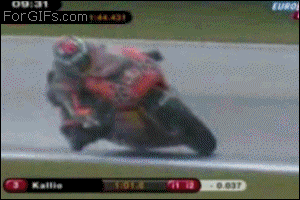
After inspecting the truck to make sure nothing was trip-endingly broken, we figured we might as well continue on. After all, even with the reasonably thorough inspection, I'd only set us back about 10 minutes - the drama itself so short-lived in earth time.
So without further ado, we headed up the hill. It was rocky and reasonably slow going through a tree tunnel, but nothing we hadn't done before, so I think Monte and I weren't really thinking anything of it. We assumed the same was true for Mike, who'd hung back a little more than normal - but we figured he was just being careful with his line after all the excitement.
As we got to a natural pause in the trail - Mt. Antero lit up like a candle in front of us - Mike came on over the CB to let us know that he wanted to check out the Redhead's steering - something didn't feel quite right.

And man, we could tell as soon as we popped out of our trucks that there was something seriously problematic. Even on completely flat ground, his passenger front tire looked stuffed into his wheel well.

All of our thoughts went straight to his upper control arm. A little over a year earlier, the nut had worked its way off, and the bolt its way loose, causing some strange steering issues just before we tried to run the Lolo Motorway. But a quick inspection showed us that it was much worse. At the time, we wondered if it was even repairable. The entire top cap of his shock tower had been torn away from the rest of the frame, his shock now bouncing around in his wheel well.

A short discussion and we determined the best course of action was to try and get the shock out of there, and then have Mike cautiously drive back down the hill with only his bump stops carrying the front corner of his truck. So we broke out the Hi-Lift and set to work. With three of us - and all the tools we brought along - it didn't take long to jack up the truck, remove the wheel, extract the broken components, and get everything buttoned up again.




Unfortunately - unlike my near-disaster just a few minutes before - this disaster was trip ending. As we slowly retreated down the way we'd come, we all knew it was Redhead Down, and that any hope we had of finishing the trip with three trucks was but a memory.

What took us 15 minutes to climb up took us nearly an hour to go down. That's the importance of front suspension it turns out - the slow descent allowing us plenty of time to watch the sky as slowly changed from blue to pink to purple before our eyes.

Ultimately we made it to the Cascade Campground where we found a site large enough for the three of us to setup our tents and huddle around a reasonably large, but still not-so-enjoyable camp fire until a bit after midnight. Our conversation - as you might imagine - was focused on the craziness of the day. Two incidents, so close together.
Except, it wasn't just two.
We didn't know it at the time - but the next day we'd discover that, during that same time frame - Monte had an issue of his own. An issue that was perhaps even riskier than Mike's had it reared it's head on the wrong turn or at the wrong speed.
That last hour had been a rough one. And it's repercussions would be immediate and long lasting. They'd start the next morning as we started trying to clean up the mess and figure out what we were going to do next.

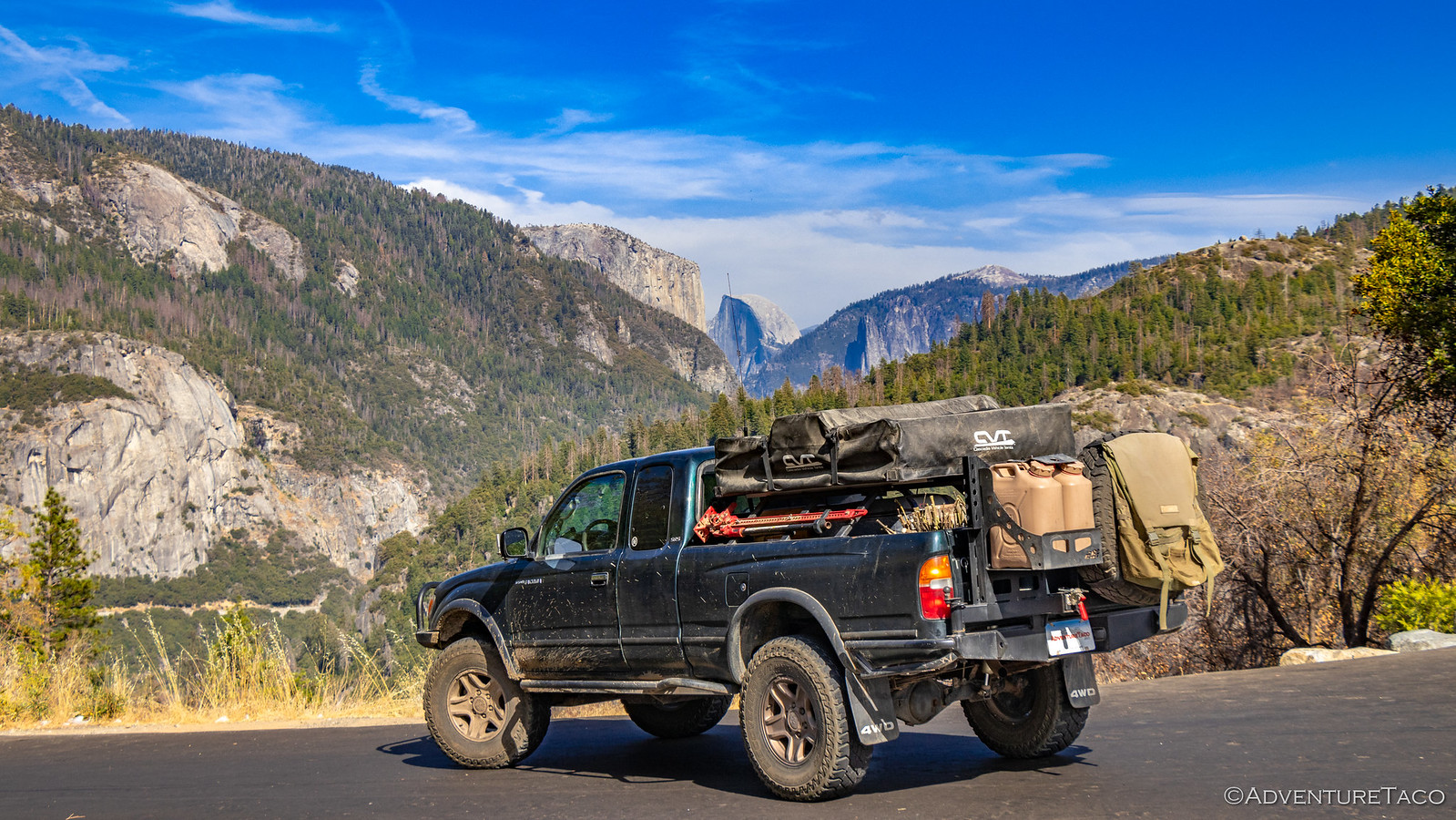





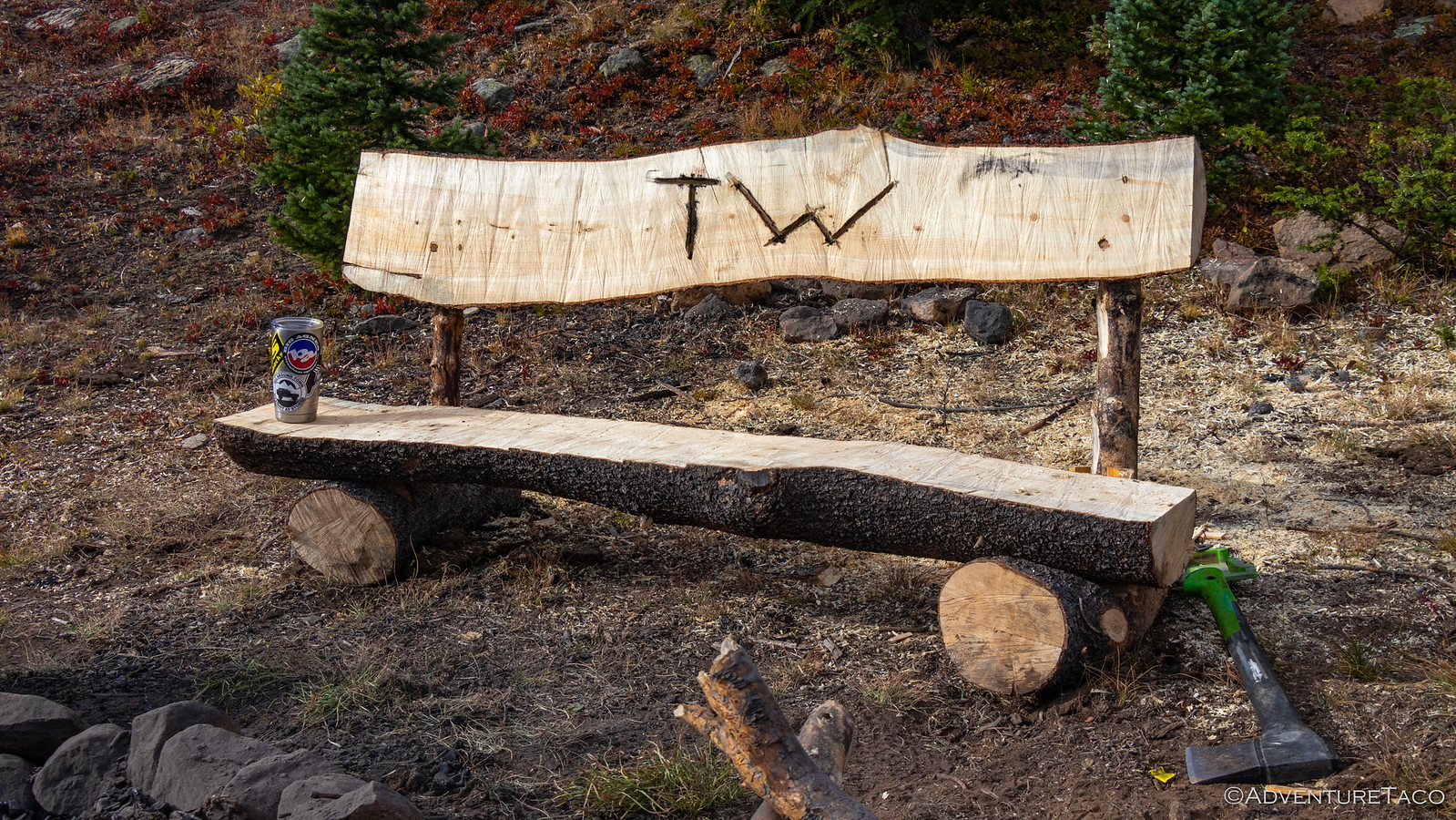
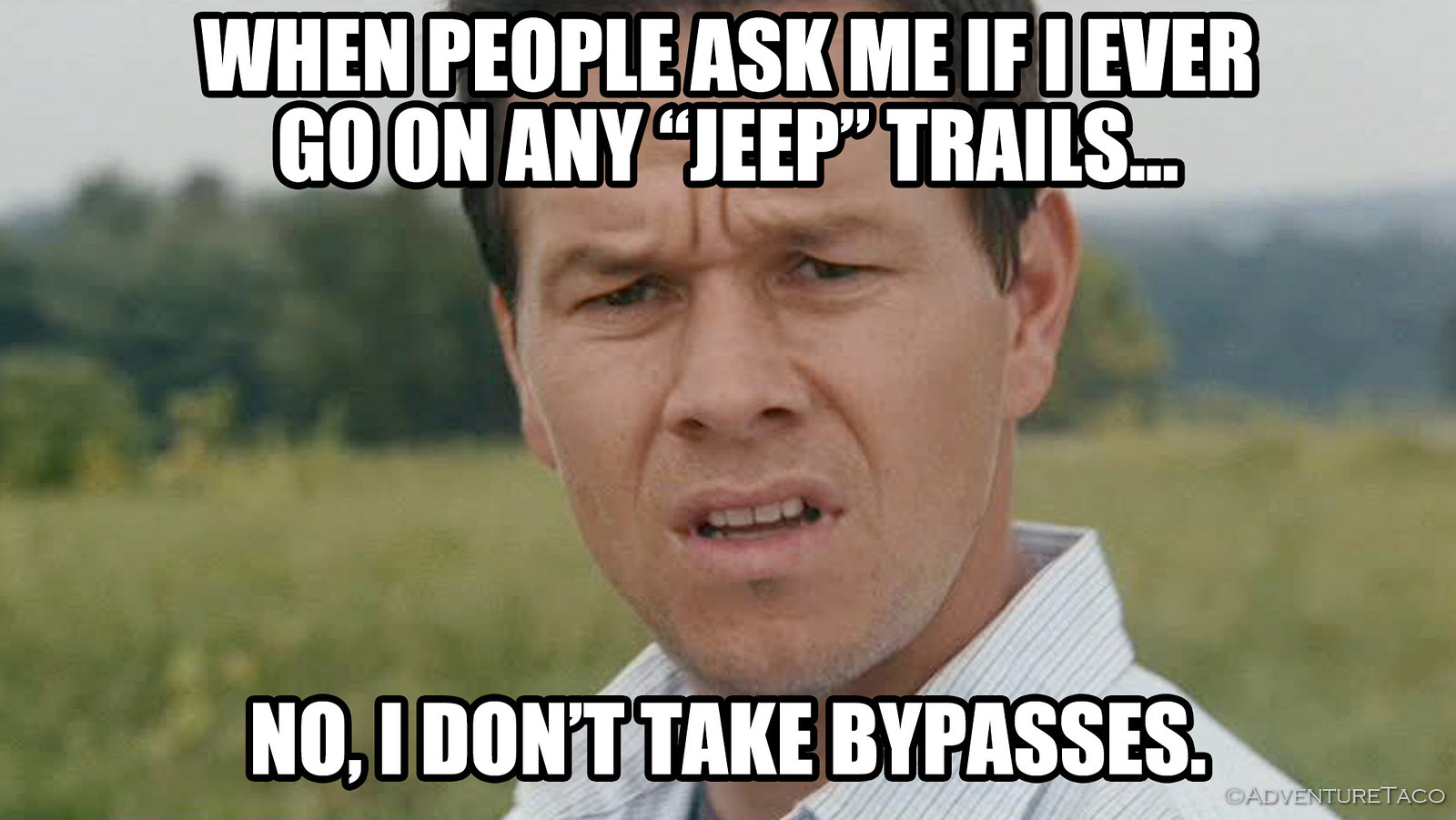
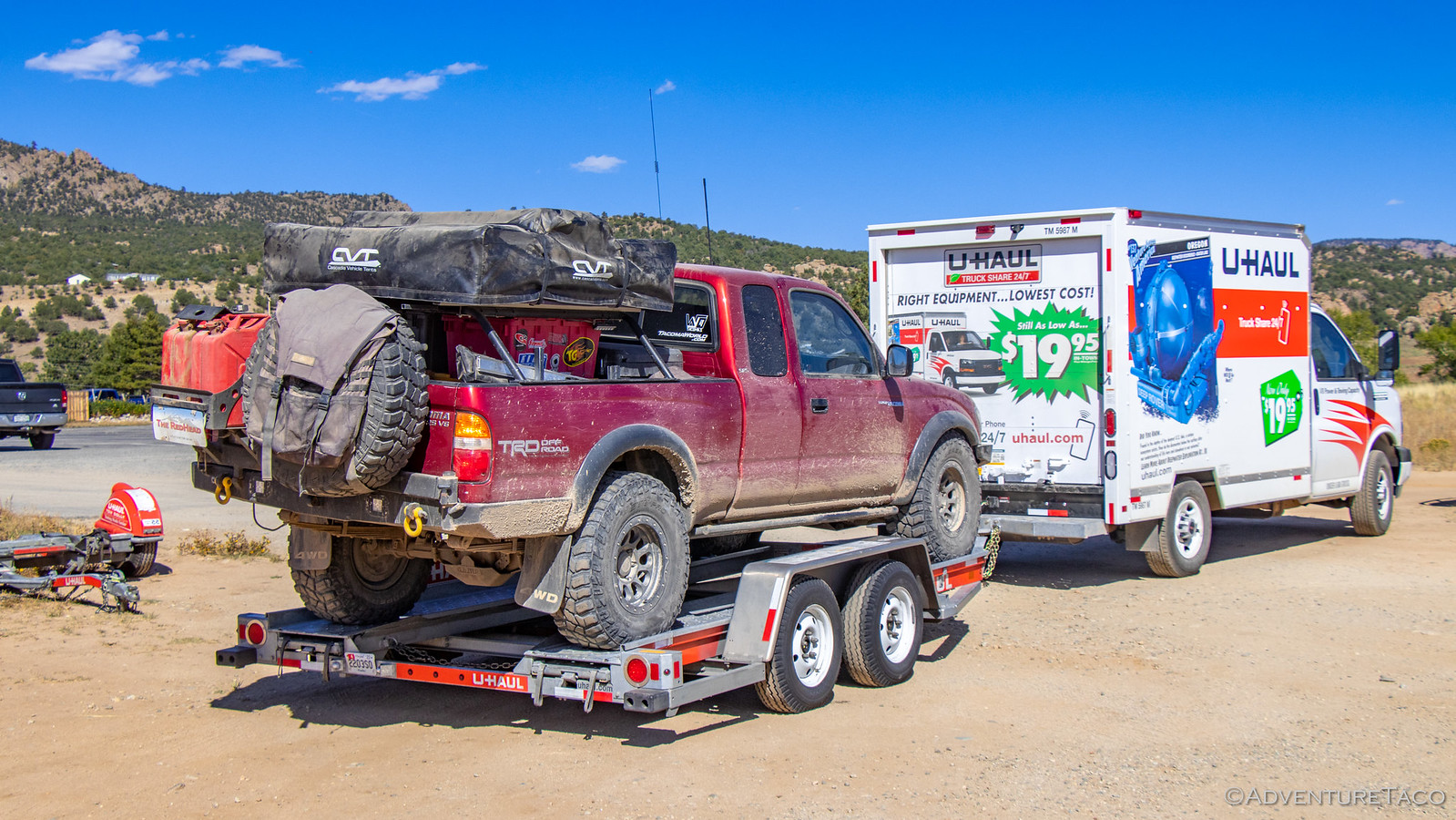

What is the rear bumper on redhead? I like the style of it.
Custom built by Monte on that one. It's a nice design - tight to the tailgate. Though over the years, it's proven to sag a bit as there's not quite enough support along the rear or sides. I think next time, they'd be sure to box it, rather than use C-channel.